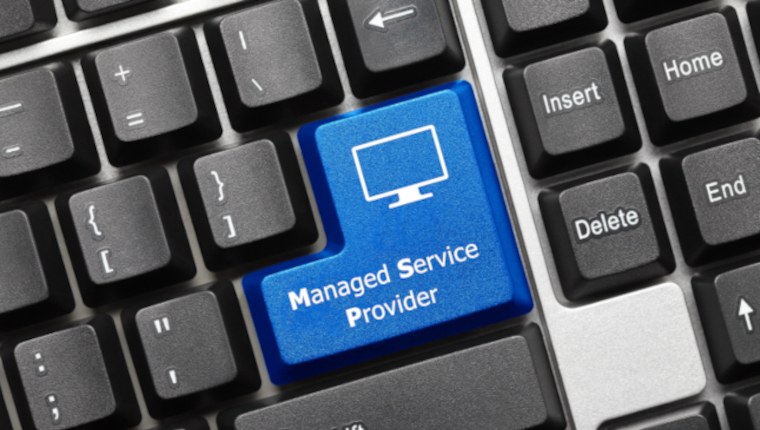Let’s be honest—no one wakes up excited to think about worst-case scenarios. But in today’s digital world, disasters happen—cyberattacks, natural disasters, power outages, hardware failures—you name it. The real question is: How prepared is your business to handle it?
At Sequentur, we’ve seen what happens when businesses have no disaster recovery plan. And trust us, it’s not pretty. Data loss, prolonged downtime, lost revenue, and worst of all—customer trust going down the drain.
The good news? A well-thought-out Disaster Recovery Plan (DRP) can keep your business running, no matter what comes your way. Let’s dive into why every business needs one and how to create a strategy that actually works.
Why Disaster Recovery Planning is a Must-Have
Many businesses think, “We’ll deal with it if it happens.” But here’s the reality—downtime is expensive. According to industry research:
- 60% of small businesses that suffer major data loss shut down within six months.
- The average cost of downtime is $5,600 per minute (yep, per minute!).
- Cyberattacks have increased by over 300% in recent years, targeting businesses of all sizes.
A disaster recovery strategy isn’t just a nice-to-have—it’s essential risk management.
What Should a Disaster Recovery Plan Include?
A strong DRP isn’t just a checklist—it’s a step-by-step action plan for how your business will respond to and recover from a disruption. Here are the key components:
1. Identify Critical Systems and Data
What business functions must be restored first? Your accounting software? Customer database? Cloud access? We help businesses map out their most important assets so recovery efforts focus on what matters most.
2. Implement Reliable Data Backups
If your backups aren’t secure, automated, and regularly tested, they’re useless. The 3-2-1 backup rule is a great start:
- 3 copies of your data
- 2 different storage types (cloud + local)
- 1 offsite backup (in case of physical disasters)
3. Establish Recovery Time Objectives (RTO) and Recovery Point Objectives (RPO)
How long can your business afford to be offline? How much data loss is acceptable? Setting RTO (how fast you recover) and RPO (how much data you can afford to lose) ensures your recovery plan meets your actual business needs.
4. Create an Incident Response Plan
When disaster strikes, who does what? Your team needs to know exactly who to contact, how to respond, and what steps to take. This prevents panic and ensures a coordinated recovery effort.
5. Test and Update the Plan Regularly
A disaster recovery plan that isn’t tested is just a document. Simulating cyberattacks, power failures, and network outages before they happen helps you find weak spots and improve your strategy.
Real-World Scenario: How a DRP Saved a Business
One of our clients—a financial services firm—was hit with a ransomware attack that locked them out of their systems. Without a DRP, they could have faced weeks of downtime and lost sensitive client data.
Luckily, we had a full recovery plan in place:
- Automated backups ensured they could restore data in hours, not weeks.
- Zero Trust security limited the attacker’s ability to spread within their systems.
- Predefined response protocols allowed their team to take immediate action.
Instead of a business-ending disaster, they were back up and running within 4 hours.
Common Myths About Disaster Recovery
🔸 “We have cloud storage, so we’re safe.”
- Cloud storage is great, but it’s not a disaster recovery plan. Without proper security and redundancy, cloud data can still be wiped out by cyber threats.
🔸 “Cybercriminals don’t target small businesses.”
- Actually, 43% of cyberattacks target small businesses—because they assume they’re an easy target.
🔸 “We can just figure it out when it happens.”
- Disaster recovery isn’t something to wing. Without a structured plan, you’ll waste precious time trying to restore operations—costing you money and customer trust.
How Sequentur Can Help
At Sequentur, we don’t just talk about disaster recovery—we build real strategies that work. Here’s what we offer:
✅ Comprehensive Risk Assessments – We evaluate your IT environment to identify vulnerabilities before disaster strikes.
✅ Backup & Data Protection Solutions – Secure, automated backups with rapid recovery options.
✅ Disaster Recovery & Incident Response Planning – Custom strategies tailored to your business needs.
✅ Testing & Optimization – Regular testing to ensure your plan works when you need it most.
Whether you’re creating a disaster recovery plan from scratch or need to update an existing one, we’ll ensure your business is ready for anything.
Don’t Let Your Next Disaster Be Disastrous
Disasters aren’t just a possibility—they’re a certainty. The only question is how prepared you’ll be when they happen.
A strong disaster recovery plan means fewer headaches, less downtime, and a business that can keep moving forward no matter what.
Sequentur is here to help you build, implement, and maintain a strategy that keeps your business running—even in the face of disaster.
Don’t wait for a crisis to realize you’re unprepared. Contact us today to develop a disaster recovery plan that works!














